Secrets of growing asters and caring for a flower garden
Planting asters and growing them is an activity that most gardeners are familiar with. It is difficult to find another flower that is just as popular and loved. It can be found everywhere: in flower beds, verandas, balconies, in front gardens, even in indoor pots on the windows. It grows well in open ground, pleasing with its unpretentiousness, but its cultivation in greenhouse conditions is also common.
The variety of species and varieties of this flower can only be admired. Simple, double, needle, tubular, pink, peony, heather, alpine, Italian, New Belgian, New England, perennial, annual - it's all about aster. A wide range of colors of its petals, including shades from milky white to dark ink, allows you to make exquisite bouquets that will become a worthy decoration of any festive event and will harmoniously fit into the atmosphere of an office or home. Breeding a flower will bring real pleasure, because he practically does not need care.
Greenhouse preparation
All asters are grown from seeds. The timing of when they are planted in the ground depends on the duration of the growing season of a particular variety and its purpose. It is also necessary to take into account the characteristics of the greenhouse and the climatic features of the area where the cultivation is carried out. In order to admire the flowering of asters as early as possible, they are sown indoors in early spring - on the 15th of March. Timely planting and proper care of plants are a guarantee of seed ripening, from which new flowers can be grown next year.
A prerequisite for obtaining healthy asters is the use of fresh soil. This is important for the prevention of damage to seedlings by dangerous diseases, the causative agents of which may be contained in old soil.
A mixture of three ingredients is best for germinating flower seeds:
- one piece of sand;
- three parts of sod land;
- one part of well-decomposed peat (when using fresh peat, it is diluted with lime).
The mixture obtained from the earth and peat must be sieved well and large solid elements removed from it. Then they make beds in the greenhouse from it or lay it out on planting containers. Having carefully leveled and spilled the soil abundantly, sand is poured onto its surface with a layer of 1.5-2 cm. It is important because it lightens the soil and makes it looser, which means it increases its drainage.
Advice
Most often, ordinary river sand is used, but you can take coarse-grained sand, having previously washed it well. If there are doubts about the safety of the sand for seeds and future seedlings, it is calcined.
Sowing features
Before planting asters, the loosened soil is tightened with plastic wrap and left for 7 days. This time is necessary for the germination of the weed seeds in the ground. In the humid and warm conditions that shelter will provide, they will quickly rise and be easy to get rid of. Such care will make growing flowers even easier: the number of further weeding will be significantly reduced. After removing the weeds, the soil is loosened again. She is now completely ready to plant flowers.
In greenhouse conditions, both perennial and annual asters can be bred. Growing them from seeds is a simple process, but you still have to follow some rules.
Flowers are sown in two ways.
- If a layer of sand is poured onto the surface of the soil, as described above, then shallow furrows are made in it, into which the seeds are then laid out.
- If the soil is not covered with sand, then the seeds are simply scattered over its surface. They are not buried, but covered with a nutritious loose substrate prepared from humus and sand, mixed in equal quantities and then carefully sifted.
Such a planting serves as a reliable protection against damage to aster seedlings with a black leg. In addition, it is easier for delicate shoots to break through the sand, and after watering it does not become covered with a hard crust.
Then the surface of the soil is carefully spilled from a watering can, passing warm water (about 20 ° C) through a strainer with very fine cells. If seeds were sown in boxes or containers, they are covered with plastic wrap. The greenhouses use glass frames. A shelter will help keep the soil moist and warm, which is very important during aster seed germination. If the temperature in the greenhouse is kept in the range of 20-22 ° C, the first shoots can be expected in a week. When young flowers hatch from the ground, you need to remove the shelter and provide them with proper care.
Temperature regime and watering of seedlings
For the growth and development of seedlings, a lower temperature is needed; 15-16 ° C of heat will be enough for them. After about 17-18 days, when the sprouts release two strong leaves, it is time for a dive. After that, the temperature is kept at 12-15 ° C. Air humidity should be high - about 70-80%.
Advice
It is important to provide seedlings as close to natural conditions as possible with regard to temperature fluctuations during the day and at night. Otherwise, it will be difficult for the plants to take root when they are planted in open ground. The difference should be 3-4 ° C.
Caring for asters at this stage consists in proper watering. It is carried out abundantly, but rarely, in order to prevent waterlogging of the soil. Only warm water is used for irrigation, and after it the soil is loosened. In conditions of high humidity, seedlings can be affected by a black leg. If the cultivation of flowers from seeds was not without this nuisance, then they are struggling with it with the help of a solution of potassium permanganate, diluted to a deep pink color.
The greenhouse or the room in which the containers with seedlings are located must be periodically ventilated. This will help keep plants healthier, hardened and more resistant to disease. Also, young asters need good lighting.
Feeding rules
Growing strong flowers indoors cannot do without regular feeding. Fertilization is an indispensable element, without which caring for asters will not be complete. No matter what kind of soil was used to plant the flowers, it needs to be fertilized. Thanks to additional feeding, seedlings in greenhouse conditions become stronger and less affected by diseases.
Asters begin to feed with useful elements for preventive purposes 10-15 days after planting the seeds, when their root system is still actively developing. For the first feeding, it is best to take a mixture of phosphate and potash fertilizers and make it twice weaker than the instructions prescribe.
It is necessary to apply the nutrient composition very carefully, pouring it under the root of the plants and avoiding it getting on the tender young leaves, since severe burns can appear on them from fertilization. Violation of this rule is especially dangerous in sunny weather. Growers who grow and care for asters in a greenhouse often face the problem of damage to the leaves of a plant when feeding it.
Hardening
It is not recommended to immediately plant flowers that grew indoors on flower beds in the garden. First, they need to be accustomed to natural light, temperature and humidity. If you do this correctly, the resistance of plants to external adverse factors, diseases, and sunburn will increase.
The hardened flowers are able to withstand short-term frosts down to -3-5 ° C, therefore they are planted in open ground starting from mid-May.Perennial New Belgian aster is distinguished by increased resistance to cold weather and can be rooted in a permanent place in a flower garden even earlier - from the first days of the month.
Plants begin to harden two weeks before the planned transplant. If they are grown in a greenhouse, open it up for ventilation. If boxes or containers were used to sow aster seeds, they are taken outside and left in the open air. In the first days, the hardening time should be 1.5-2 hours, then it is gradually increased to 5-6 hours. Healthy, strong seedlings, ready to be placed in a flower bed, have a strong massive stem, 6-10 cm tall, on which 5-7 large strong leaves are located.
After disembarking in open ground
Among all the varieties of the plant, the most popular is the New Belgian aster. It is distinguished by abundant and long flowering, which begins in September. It is a perennial form with a long rhizome. Due to its ability to quickly grow and displace other plants from the flower bed, caring for it includes a mandatory transplant. It is carried out every 3-4 years. Reproduction of New Belgian asters by seeds takes a lot of time and is not very effective, therefore they are bred mainly in a vegetative way - by dividing a bush or cuttings.
It is not difficult to care for flowers outdoors. They are watered sparingly, as needed, preventing either the soil from drying out or waterlogging. It is better to use cold water for the procedure. The soil is periodically loosened, weeds are removed. Fertilize plants with humus and complex mineral compounds.
Garden asters have long and firmly taken their place in the hearts of flower lovers. Their popularity among summer residents is unmatched. It is due not only to the beauty of the plant and the variety of its varieties, among which there are both annuals and perennial forms, but also by very simple agricultural technology.
The amazing unpretentiousness of asters makes them welcome guests on any site. Even novice gardeners will successfully manage their cultivation. And thanks to their cold resistance, they will delight with bright flowering until the very frost.
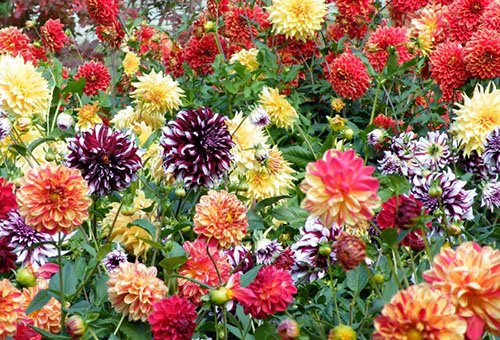

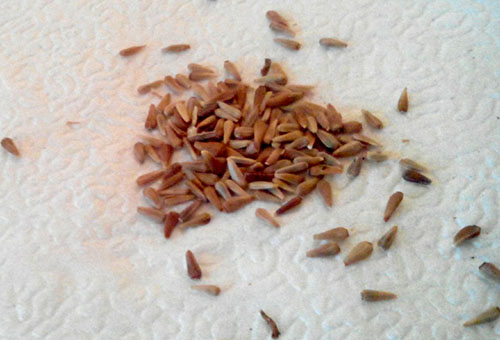
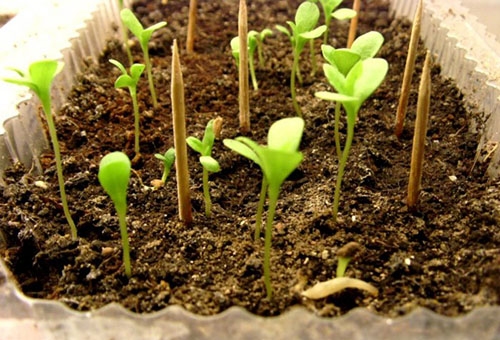
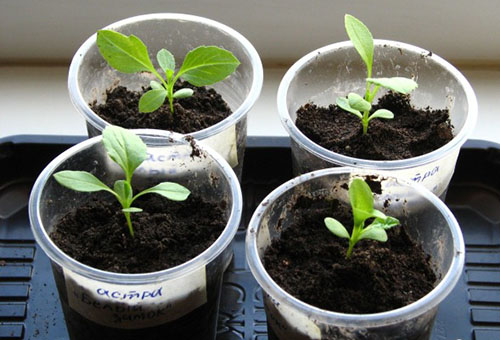
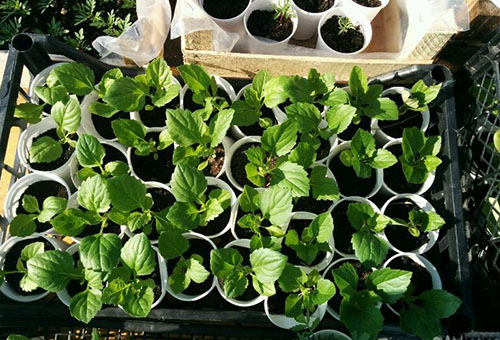
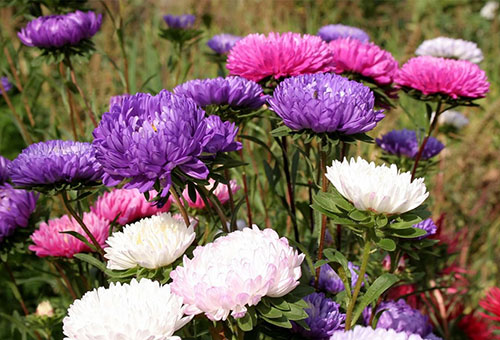
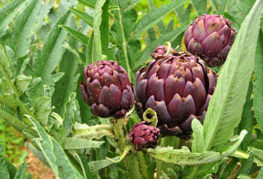
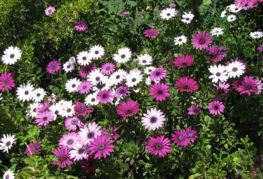
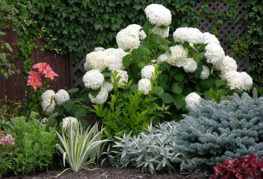
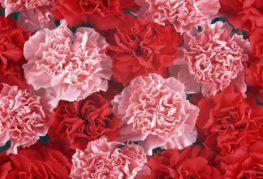

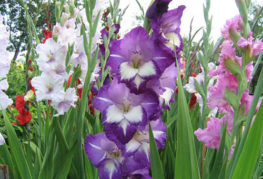
and will be published shortly.